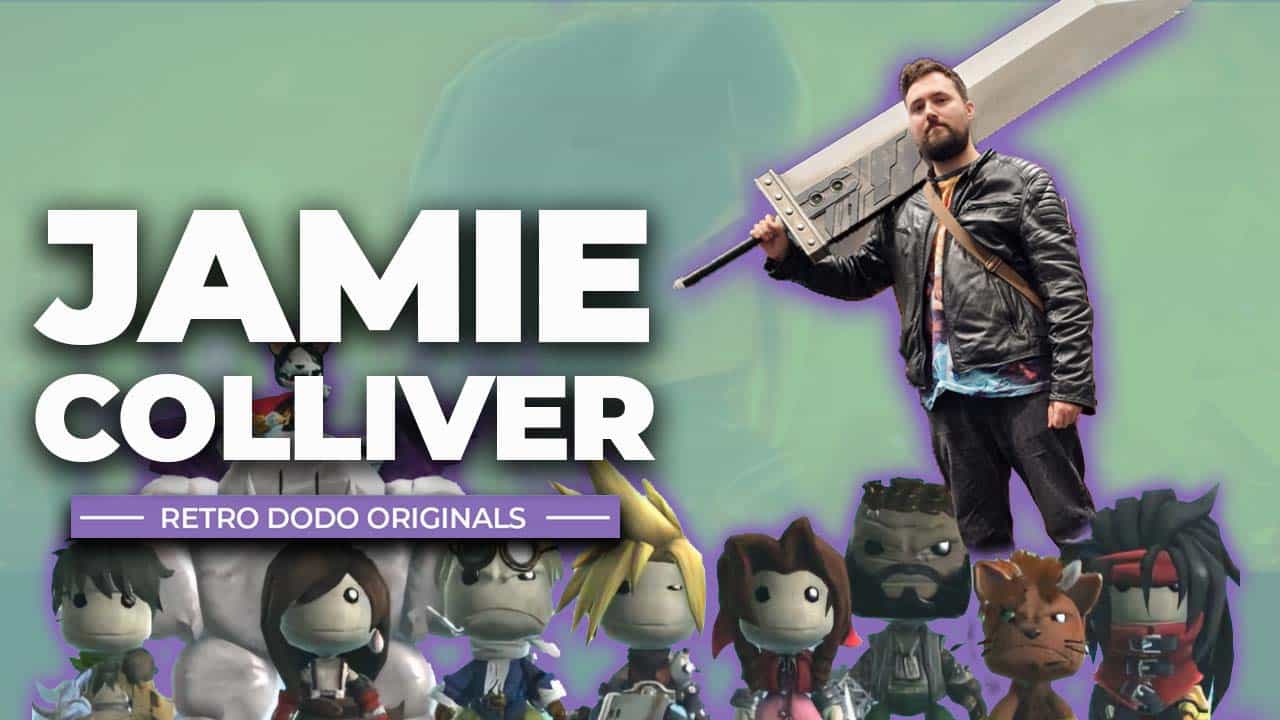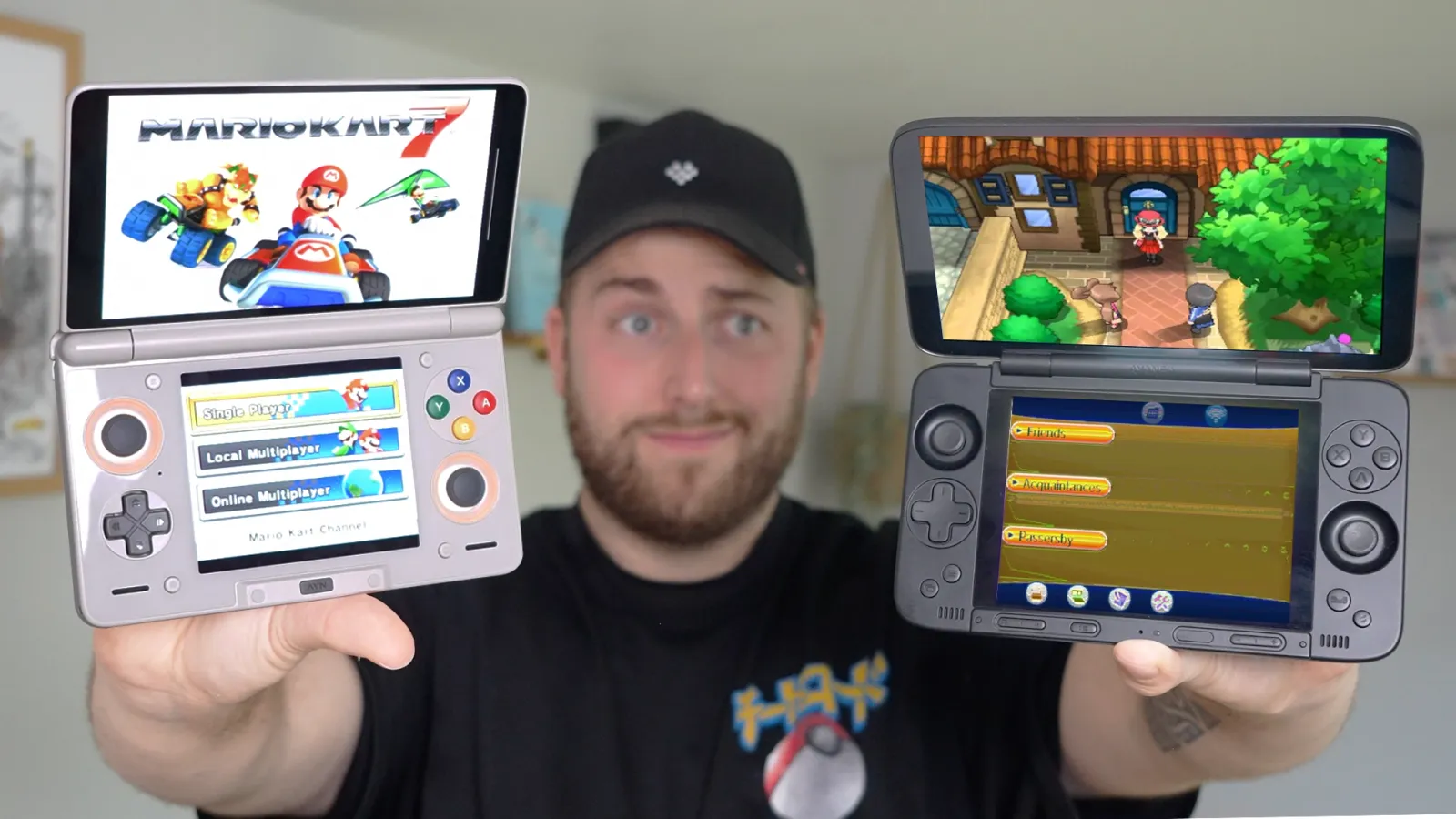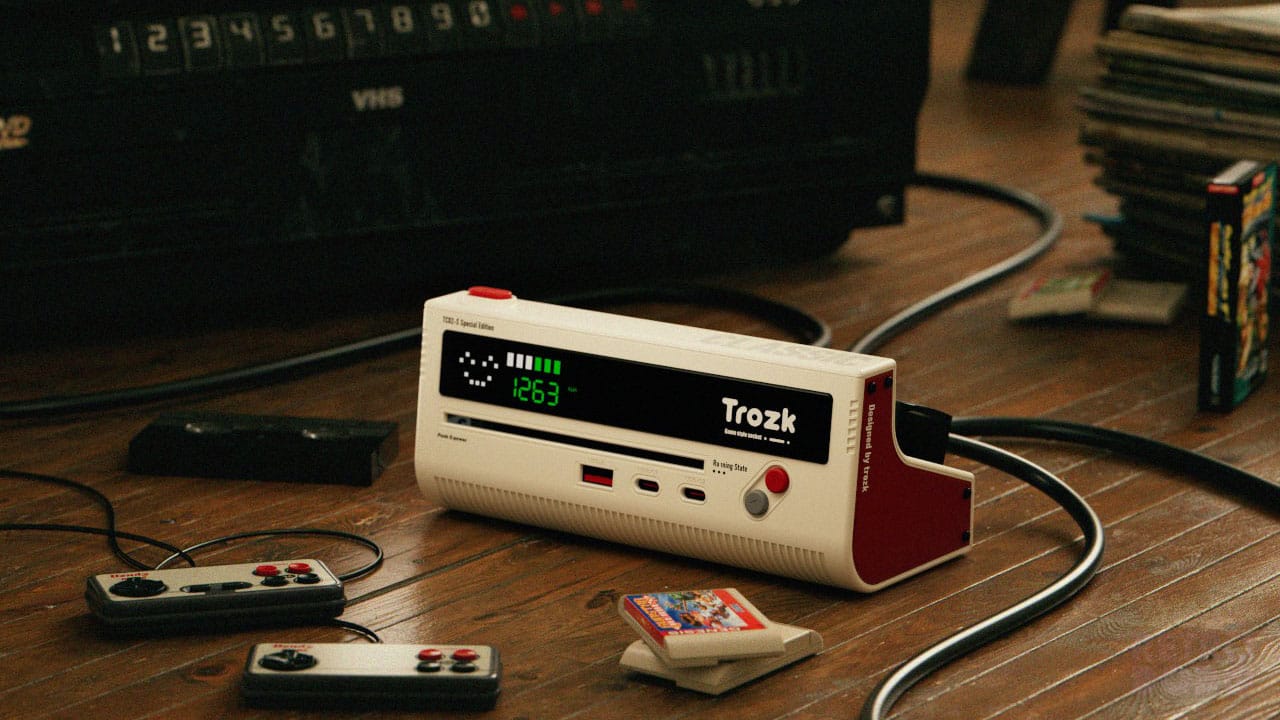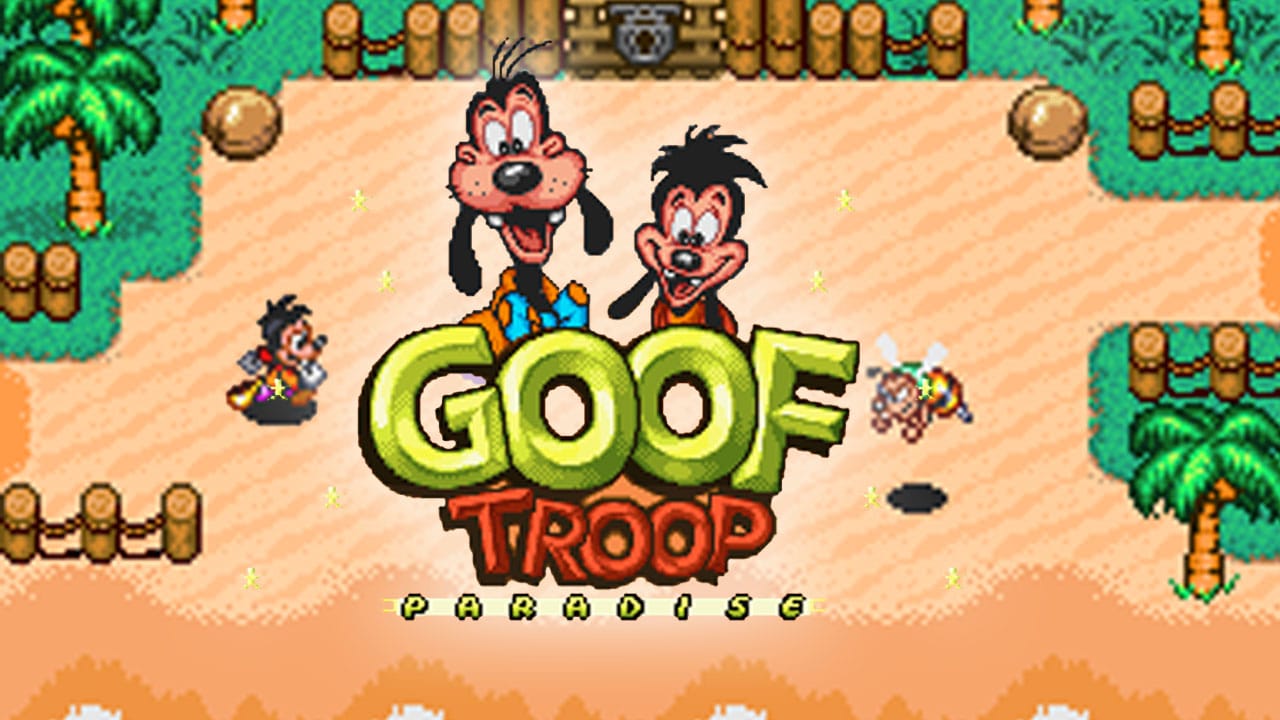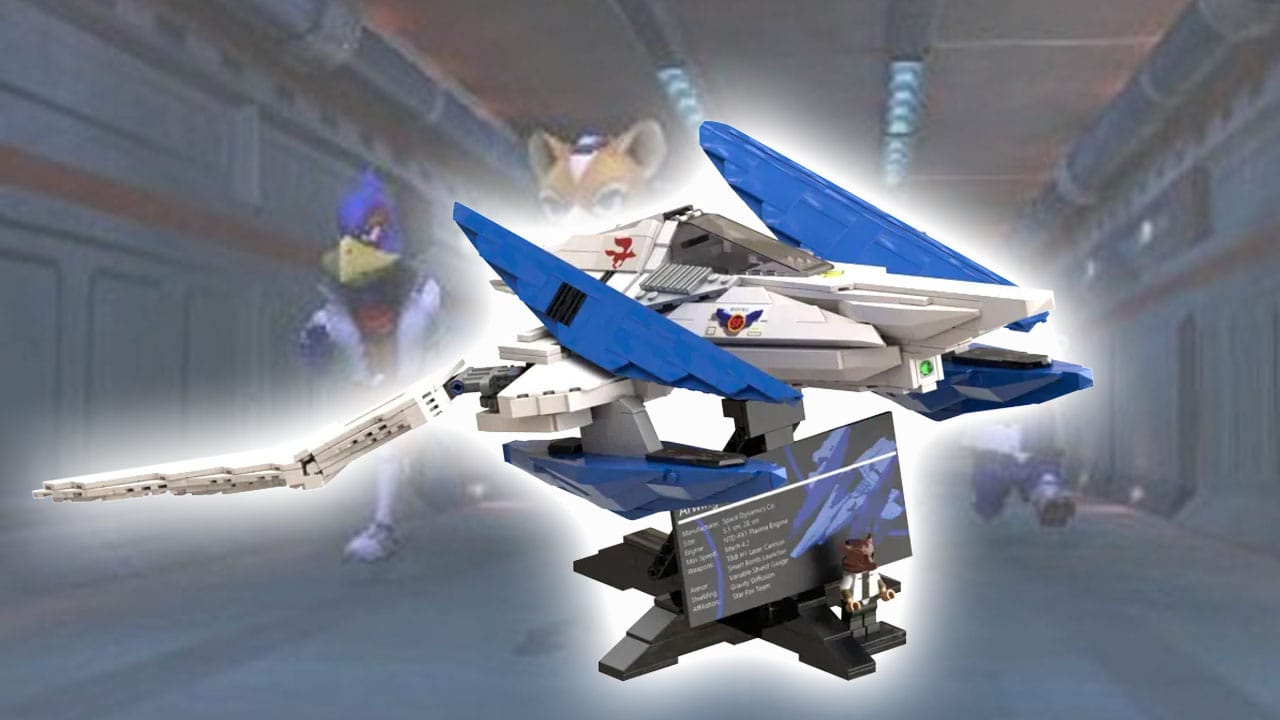We love covering epic creations here at Retro Dodo, but what we love even more is getting to speak to the people behind them, the driving forces that have dedicated countless hours to bringing fun and enjoyment to the Retro Gaming community and those who seek to create that which has never been attempted before.
I first discovered Jamie Colliver and his amazing recreation of Final Fantasy 7 within LittleBigPlanet 2 last week (August 1st, 2024 if you’re reading this in the future) and instantly wanted to know more. I had so many questions about Jamie’s process, his methods, and how he went about completing such a mammoth task.
Jamie was more than happy to chat all about his work with me and to explain all about it to the Retro Dodo Community. Join me as I discover just how long it took to finish this project and the difficulties of designing within another game, all while getting nerdy over Final Fantasy 7, one of the greatest games of all time! Take it away, Jamie!
Getting To Know Jamie Colliver
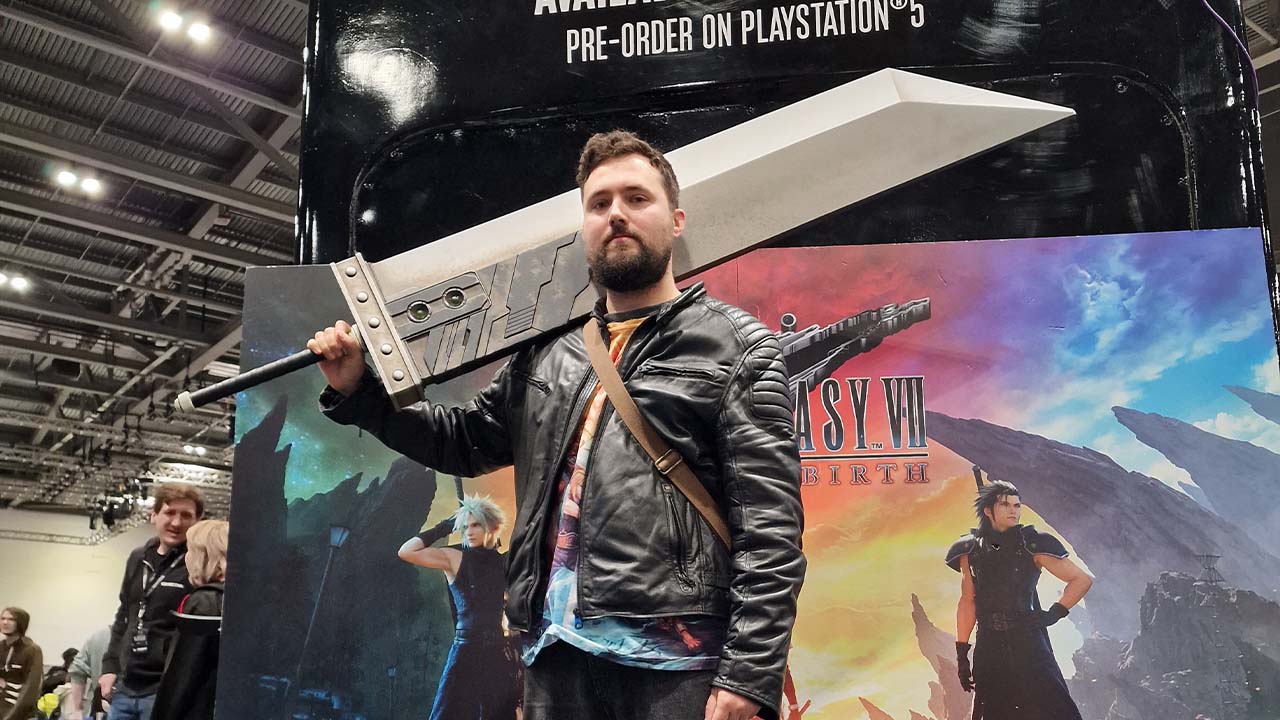
RD: Thanks for joining me for a chat, Jamie! First up, tell us a bit about yourself, your background in gaming, and how you got into using creative tools for game design.
JC: Sure, I’m 32 years old, from London. I studied Computer Science at university, and aside from gaming, my hobbies include traveling (I’ve been to all seven continents) and using my telescope to observe and photograph the planets. I started gaming with a PS1 back in the mid-90s and have been a PlayStation gamer ever since, owning all the consoles and a good collection of games. I’ve also owned some of the Nintendo consoles. The PS1 was, and still is, my favourite console for games. Aside from FF7, I was really into several platforming series such as Crash Bandicoot, Spyro, Croc, and Klonoa as well as more obscure titles like Bust a Groove and Psychic Force. As I grew older and moved through each console generation, other highlights for me included Kingdom Hearts 1 and 2, the Uncharted series, Red Dead Redemption 2, Unreal Tournament, the Ghost Recon series, Tekken Series, Mortal Kombat Series, Metal Gear Solid 2, and of course, Remake and Rebirth.
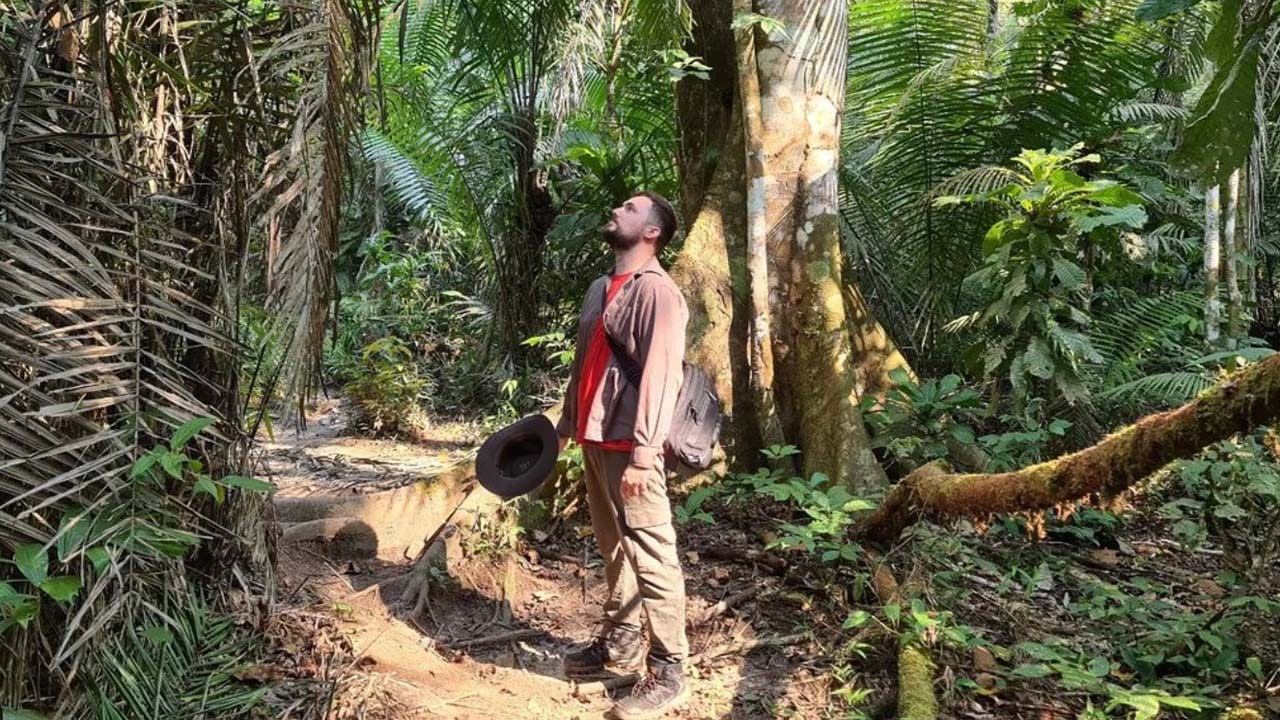
JC: I don’t have a background in game design, though I considered studying it at university, but I ended up studying computer science instead. I’ve always wanted to create a video game as a bucket list goal. Once I started getting a good grip on the tools in LBP2, I felt this goal was achievable. Before that, I was always put off by the steep learning curve of modern game development tools and the time it would take.
RD: I want to get straight into this project and please don’t leave anything out as we’re excited to know more! Can you describe the moment you realized you wanted to take on this amazing feat?
JC: Final Fantasy VII has been my favourite video game since I first played it in 1997, and I’ve always harboured a deep desire to see it remade. It all began with me messing around with the creation tools in LittleBigPlanet. As I gradually mastered them, I realized the potential to recreate some of FF7’s iconic opening levels. The project quickly became more than just a hobby; it became a passion project. I saw a unique opportunity to bring my vision to life, and it felt like something I could feasibly accomplish, with the end goal of having my own distinctive version of the game.
Patience Is a Virtue

RD: How long did it take you to complete the project, and how did you fit the work into your schedule?
JC: I spent roughly about 35 to 40 hours per week on my project. Balancing this with my other commitments such as full-time work, home life, and traveling was challenging as most of my spare time was spent working on it. However, in the last 9 months, the release and excitement of Rebirth gave me a second push to finish the remastered vision I had.
RD: How do you go about planning a project such as this – did you chip away at it bit by bit or did you create a storyboard before starting?
JC: I started off with paper notes, splitting the game into 20 levels. As time went on, this grew to around 32 in order to fit everything in. I also used my Samsung Notes app a lot to keep track of changes, bugs, and ideas. This was very useful in testing, which took up a considerable amount of time.
The Ultimate Final Fantasy Fan
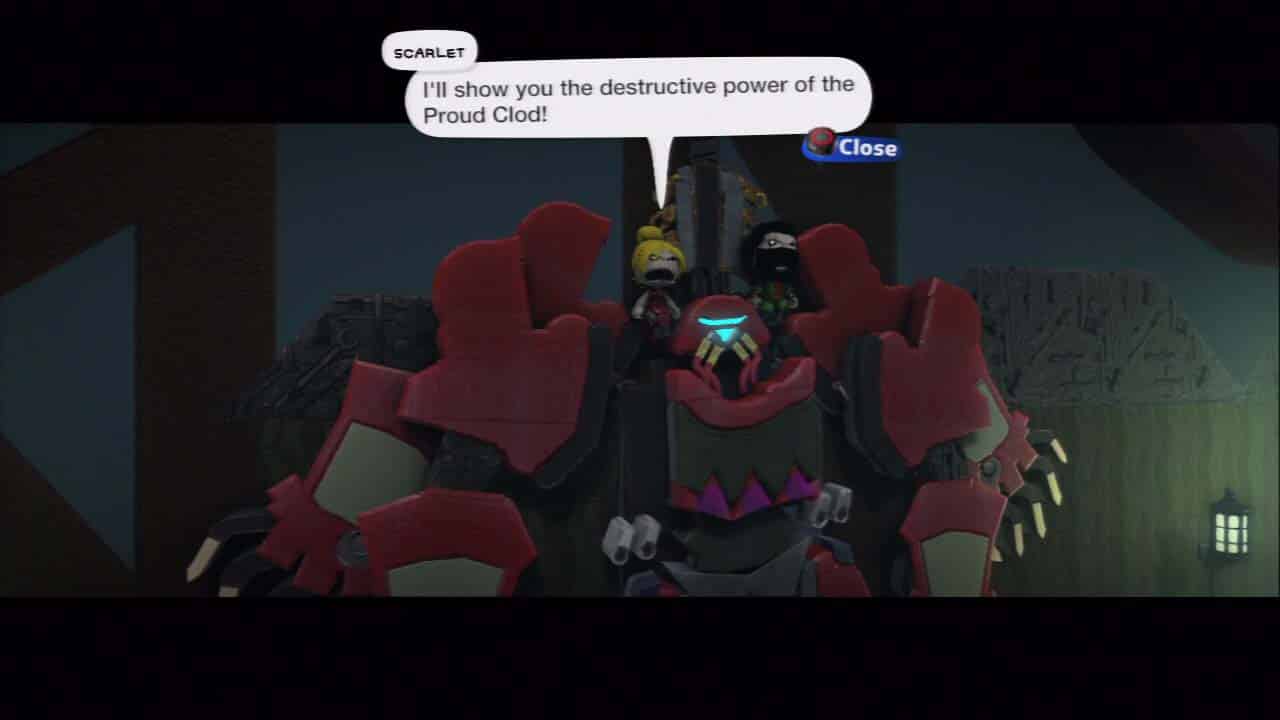
RD: Obviously, you’re a huge fan of FF7 – how often did you go back to the game as a source material when completing this project, and how much of the gameplay is just ingrained into you from years of playing?
JC: Very often, almost daily. A few examples that come to mind include creating the NPCs. Not many images of them appear on Google or in the manuals, so I had to zoom in on YouTube playthroughs to work out the costumes for each section. I also often used my BradyGames strategy guide as a reference to design environments and Materia placement locations.
RD: Why did you choose LittleBigPlanet 2 – is it a game that you’ve been playing since 2011 or did it just suit what you wanted to do with this project? If the latter, how many other games did you try?
JC: Good question. I did start out just playing the game and other users’ community levels, and I remember being gobsmacked at the quality of the community levels; there were some fantastic recreations of Disneyland parks, cutscenes from Jurassic Park, Batman, etc., alongside amazing original levels. The variety in gameplay was brilliant and I started experimenting with the creator tools, first creating some basic levels and then getting ambitious with my project. I also looked at Minecraft, but to be honest, I found the visuals ugly, especially the character designs, the gameplay boring, and I really didn’t think it would translate well—it just didn’t click with me.
A Moulding Of Worlds
RD: Let’s talk character creation – you’ve recreated every move, every action, every cutscene from the game and, while the LBP2 character design uses a much different style from the original FF7 characters, you’ve managed to give them the same personas and energy (as well as hair). What was your process here – did you start with a particular character first, and what tools did you rely on within LBP2?
JC: A few of the characters are from the FF7 costume pack released by Square Enix (Cloud, Tifa, Aeris, Vincent, and Sephiroth). Every other costume was created by me. Red XIII’s costume took a lot of time; I spent a lot of time making Red’s tattoos as stickers that could then be placed onto his costume, and getting his mane/hair as accurate as possible also took a while. It was also quite difficult to get Cait Sith’s moogle to the perfect shape as seen in the original art. In terms of tools, I used a lot of stickers, attachable objects, created my own stickers, and remixed existing costumes within the game.
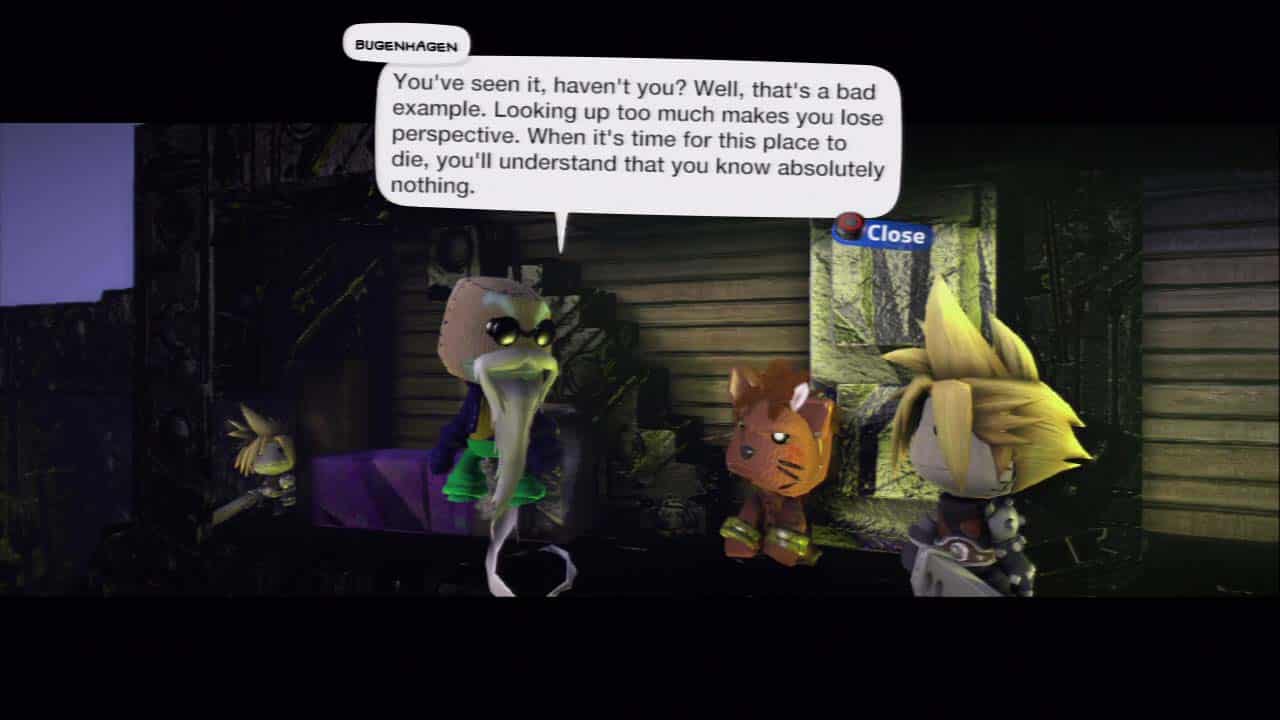
RD: You’ve recreated every single piece of dialogue – how did you keep track of everything and was there ever a moment where you had to go back and double-check a segment you were unsure of?
JC: I have, and it was a mammoth task. Luckily, I used a website online called Yinza. It contains the entire script, so it was a process of copying the dialogue line by line into the Magic Mouth items. It took a lot of coffee and willpower to get through it all. Once the text was written for a particular scene, I then had to set the character’s name, the text frame, and lastly, place it in the area where the character would be. This could get very confusing from a development standpoint, as you could have 50 of these items in one area, and it led to several bugs that needed to be fixed.
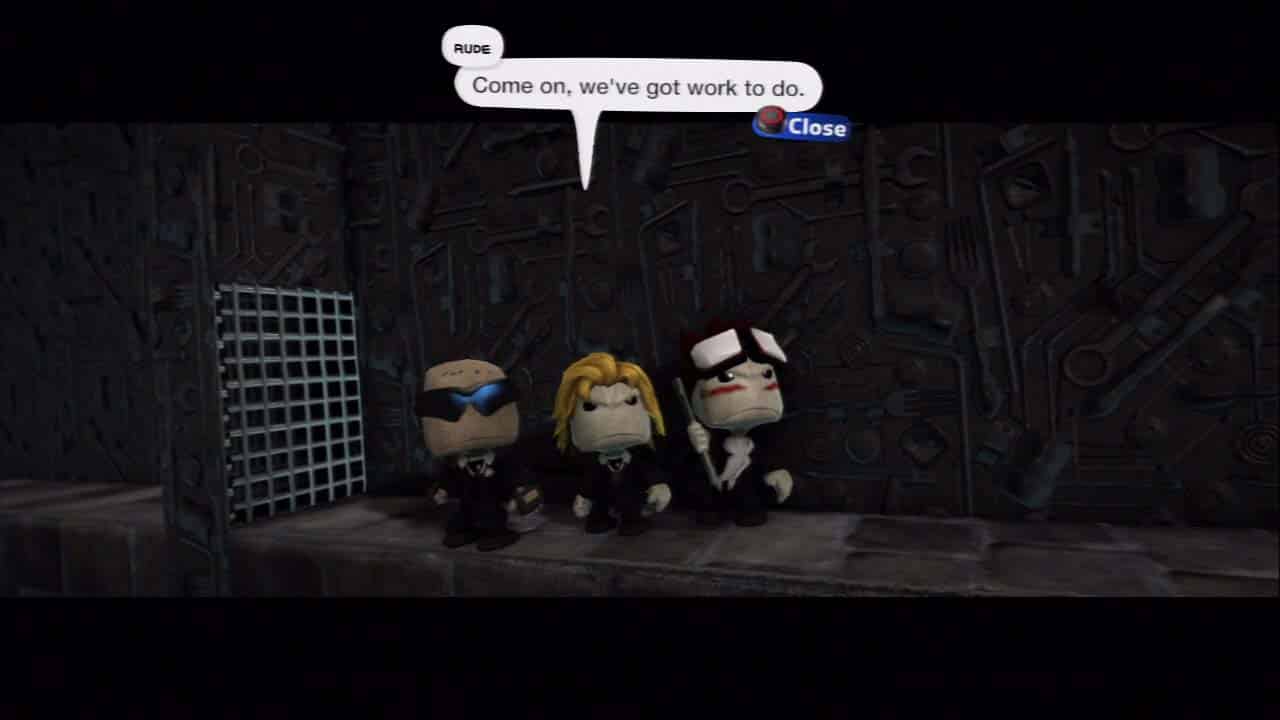
Completing A Mental Marathon
RD: I’m keen to know what kind of toll this kind of thing takes mentally. How did you cope in terms of motivation, knowing you had this mammoth project on the go, and was there ever a time when you thought you might not finish?
JC: I started off really enjoying it and getting really excited once I finished a level or a boss and became a bit obsessed. I think it’s really the testing and bugs that take a knock on your motivation and confidence in finishing it. Sometimes I would have to replay a 40-minute section in order to test a bug at the end of the level. For example, if something didn’t work after 10 fixes, it would add up, and the time these fixes could take was substantial. A lot of chocolate and coffee helped, but also a fair amount of breaks. I travel a lot, so that would always give my eyes a rest.
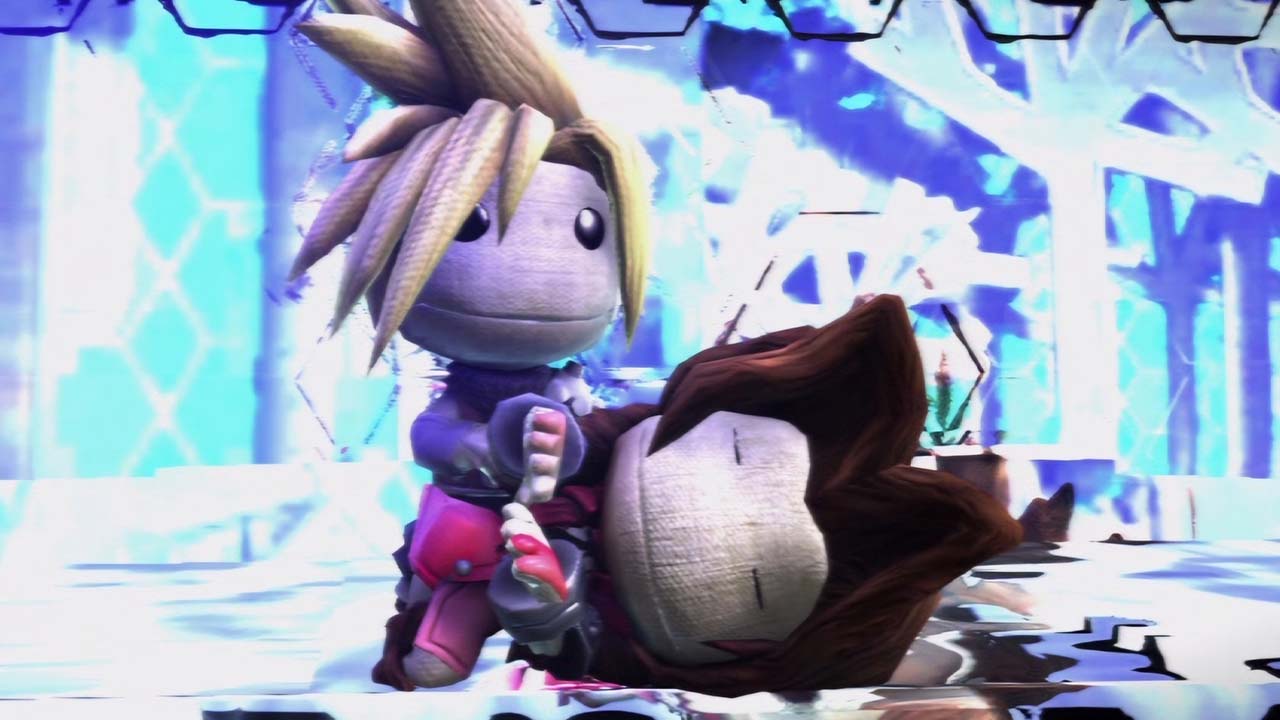
JC: I often would change it up; for example, for 6 weeks, I would put a lot of time into it, and then maybe the next 6 weeks, I would put in smaller amounts of effort. This kept me motivated and sane. I’m also a bit of a completionist, so I felt like I had to finish it. But yeah, it’s been a very tough but rewarding challenge as I essentially operated as a character designer, tester, video editor, project manager, and wore many more hats.
RD: Everyone hates this question, but here it is – is there anything that you wish you had done differently, anything from the planning through to eventually completing everything? And was there anything that you had to cut out of the plan?
JC: Nothing was cut, but I do wish I had not tried to fit everything into 20 levels in the beginning, as I spent a good amount of time splitting levels up in order to fit everything in. I also wish I had planned a bit more for some levels’ overall layout, as sometimes I ran out of physical space, so either I had to adapt or it led to much more work.
Plans For The Future
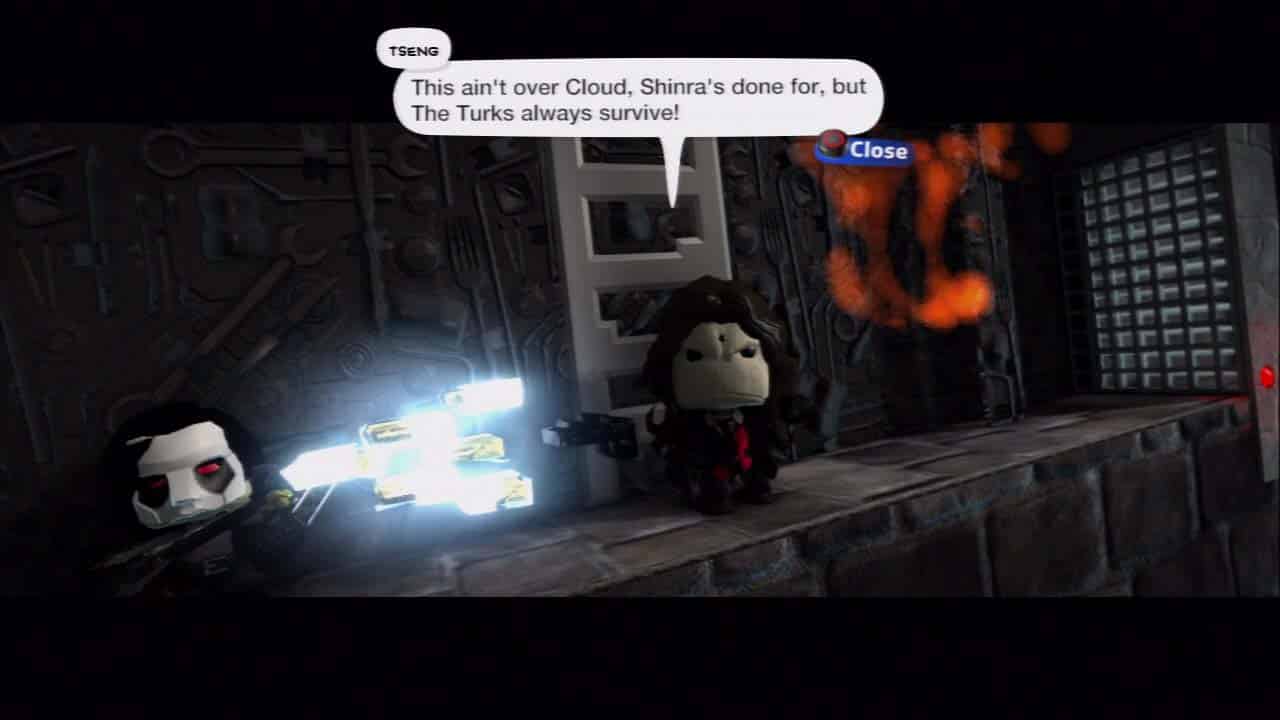
RD: What’s next for you – do you have any other plans to fuse two greats together scene for scene? And even if not, what would be two games that you would love to see in a similar finished project to yours?
JC: I plan to continue expanding my project. It would be fun to add some of my own original content that adds to the canon of FF7, including boss fights against the Sapphire Weapon, all four of the Turks, and a Mutated Professor Gast. In addition, I’d like to add extra locations only featured in the compilation, such as Fort Tamblin, Modenheim, Banora, Midgar’s Unseen Sectors 2 and 3, and a new original volcanic area to the world. Additionally, I would also like to revive some cut content from the original PS1 game, like the Ho-Chu boss fight in the Ancient Forest, encounters with Cobalt XIV and Indigo XV (clones of Red XIII), and The Traveling Peddler side quest.
In terms of what two games, I would say Lord of the Rings: The Third Age mixed with The Elder Scrolls: Skyrim. I’ve always wanted an open-world Lord of the Rings game that allows you to play through all the events of the movies but has major depth like Skyrim, with side quests and your own custom character. Lego Lord of the Rings touched on this, but to see a 4K version with thousands of NPCs would be amazing. Imagine the Battle of Helm’s Deep! I also really liked The Third Age combat, maybe because it shares similarities with FF7’s original play style.
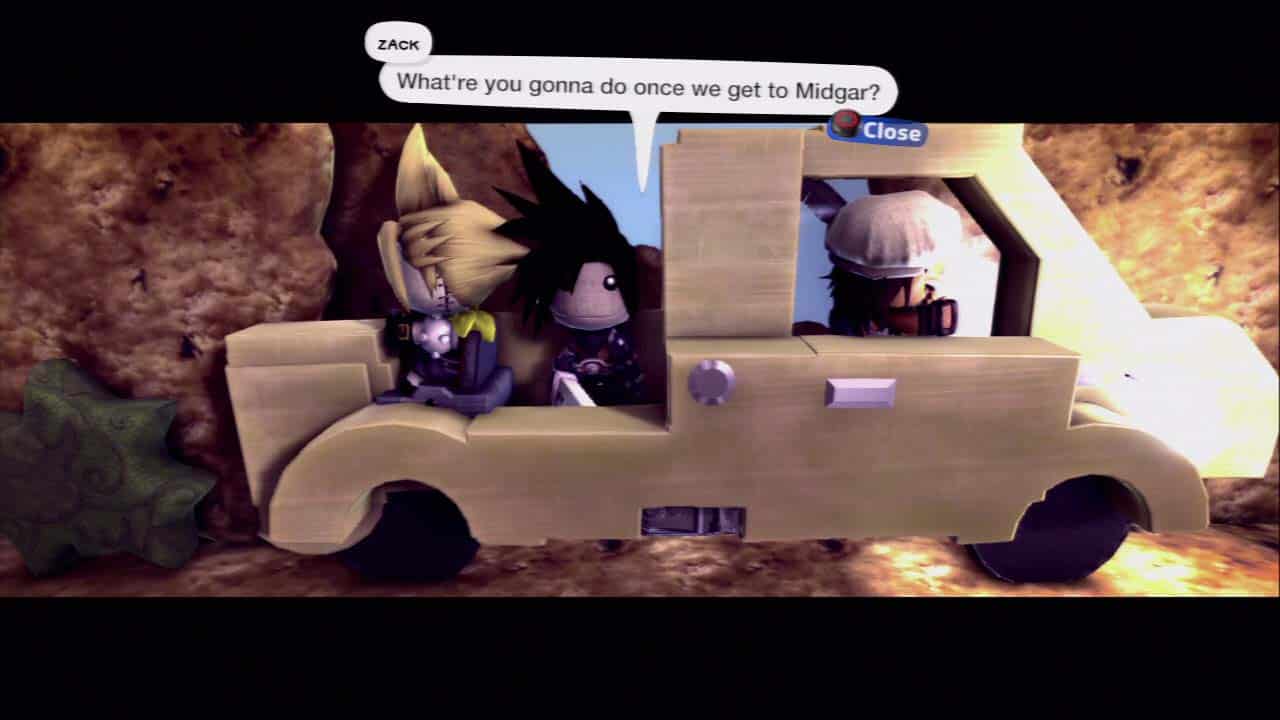
RD: It would be amazing to see this game playable in the near future – what would you like to say to the creators of each game if they were reading right now?
JC: Thank you for creating FF7; it has given me endless joy throughout my life and helped me through a lot of difficult times! My project is a love letter to that original game and I believe would make a fantastic mini-game in Part 3 of the Remake Trilogy. I have several ideas of how it could be included, and I think most fans would love to play this. It would be an absolute honour and a dream come true. I’ve been lucky to receive brilliant praise and feedback on my project from the voice actors of Barret, Cait Sith, Tseng, Elena and Rude of the Turks, Palmer, Professor Hojo, Elmyra, Roche, and Kotch from the Remake Trilogy so far, which has been really special. Having my project featured in the game alongside them and the other characters would be the cherry on top.
A huge thank you to Jamie for chatting with me in this interview; he’s created something extremely special here, and I really hope this project continues to get the credit and kudos it duly deserves. Follow Jamie on X @colliver_jamie to keep up to date with all things Final Fantasy and to find out what he’s up to next! And, if you’re into game design, then don’t forget to check out our podcast episode with Jordan Mechner, the legendary developer of The Prince of Persia!


